As businesses are temporarily closing or experiencing major reductions in phone calls and foot traffic, business owners are faced with a new challenge: continuing their marketing and selling efforts without seeming unempathetic.
The pandemic has been on the lips and minds of everyone across the country. Its impact has drastically affected the way we live and work, so it’s no surprise that consumers and business owners alike struggle with the idea of carrying on with normal activities.
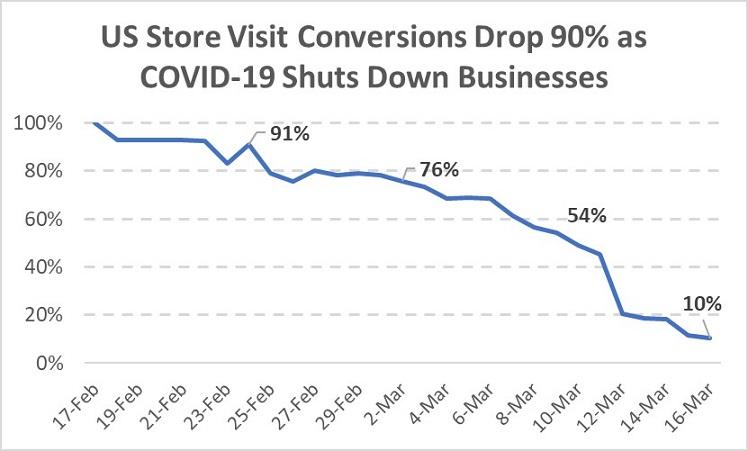
But businesses can be still empathetic toward our current crisis while continuing to push ahead with marketing and business initiatives.
Let’s look at five ways you can use this time to grow your brand and business without coming across as salesy and uncaring.
1. Pivot Your Service Offerings
If demand for your normal services has dwindled, now is a time to figure out how you can continue to add value to your customers in a different way.
Luxury brand LVMH did exactly this by shifting away from cosmetics and fragrances to focus on producing hand sanitizer for hospitals in France. They were among the first major brands to do so and paved the way for other companies like Ford and New Balance to shift to ventilators and masks, respectively.
Printing companies are also finding themselves without a steady stream of business, so many of them have switched to printing giant word searches and crossword puzzles for kids who are home from school during the quarantine.
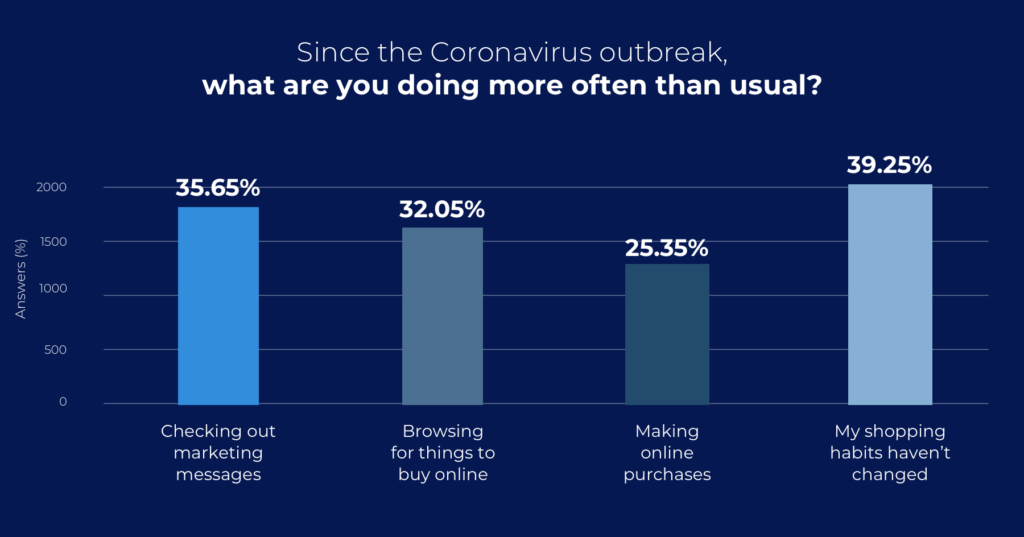
If a complete pivot isn’t in the cards for you, consider ways you can continue to serve your customers from afar. For example, if you’re a graphic designer, you can set up virtual consultations instead of meeting clients face to face.
Action Tip: Go through your service offerings and see if they’re still relevant during the pandemic. If so, think creatively on how you can continue to offer those services and position them in the right way. If not, look at the resources available to you and see how they might add value to someone else.
2. Keep in Touch with Helpful Content
The last thing you want to do is go radio silent on your audience, even if your customers aren’t in need of your services. The pandemic won’t last forever, so it’s essential to remain top of mind.
One effective way to keep in touch is by creating helpful content that will provide value during a time of need. Gary Vaynerchuk is using his YouTube channel Tea with GaryVee to connect with his audience and give helpful insights. For example, this episode highlights some questions from his fans on how to tackle specific challenges during COVID-19 and he provides practical advice.
Millions of Americans have filed for unemployment benefits and are eagerly awaiting a stimulus check that may not be enough to cover their financial loss. Lewis Howes used this opportunity to host a webinar on how to start a money-making side hustle so that people can fill in the financial gaps.
You’ve probably gotten a number of emails from your favorite companies or brands on what they’re doing to provide support or prioritize your health during the pandemic. Target sent an email to their subscribers that talked about increasing their store cleanings and adding extra personnel to provide a safer shopping experience.
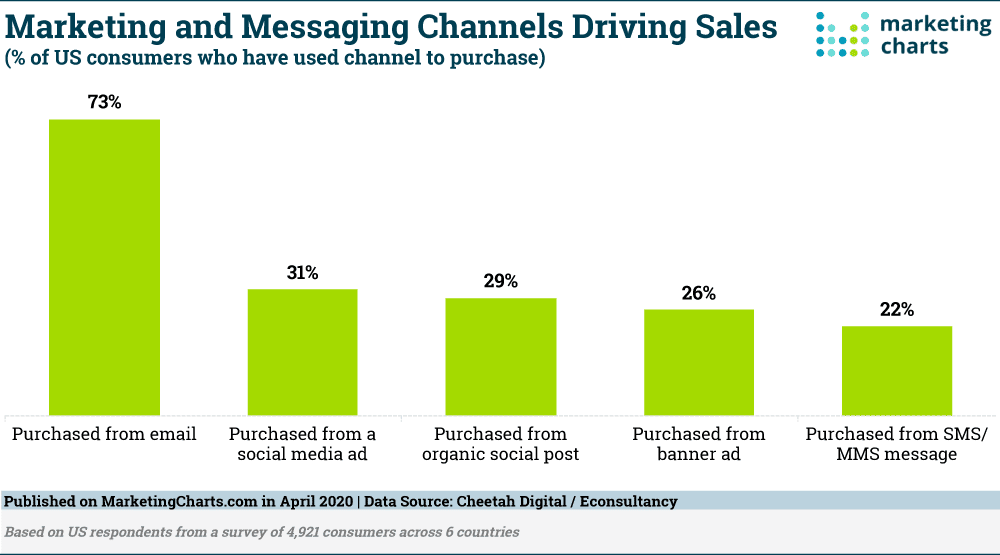
Content will always be an effective way to connect and engage, as long as you’re providing value.
Action Tip: Create insightful content for your users that can help them solve challenges during COVID-19, such as tips on working from home, budgeting advice, resources for financial help, or fun activities to do with kids.
3. Create User-Focused Content that Tells Your Audience’s Stories
The COVID-19 pandemic will go down in history, and experts are encouraging people to journal their experiences. Everyone has a unique story to tell about how the pandemic has impacted them, and you can use your business to help them tell their stories.
As a general rule, user-generated content can help you get in front of new audiences with minimal effort. More than 86% of marketers use UGC to add authenticity to their strategy, and half of brands have seen a 50% higher conversion rate on UGC.
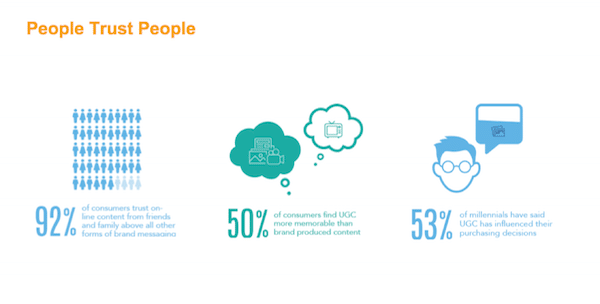
Action Tip: Reach out to other businesses, entrepreneurs, or even your best friend for an interview. Compile their responses in a blog post, video, or podcast and share it with your audience. Chances are, the people in your content will also want to promote it and get their perspective heard.
4. Develop Content for Kids
As schools across the country closed, children’s authors and celebrities stepped up to maintain their love for reading. Jennifer Garner, Oliver Jeffers, and Newbery winner Matt de la Peña have all taken to social media to read aloud their favorite children’s books that engage and delight young ears and give parents a hand with homeschooling.
Action Tip: Explore ways to cater to the students in your community. Put together packs of school supplies, host a weekly virtual book club or live reading, share learning resources on your social media page, or do a virtual mini career day session that gets other businesses involved.
5. Give Back to Your Community
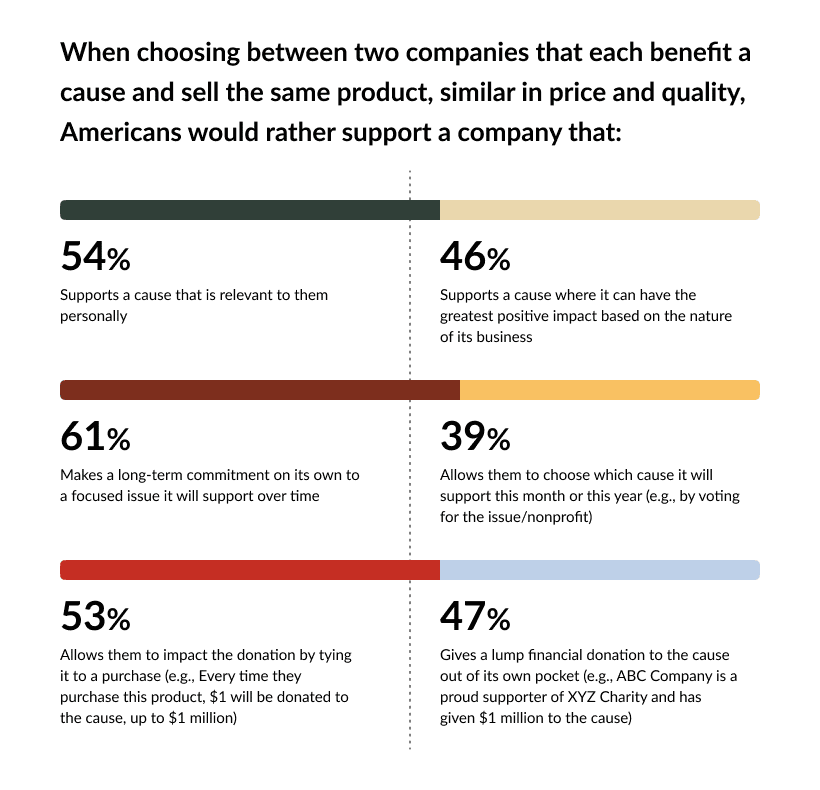
Millions of Americans are suffering financially during the pandemic, and if you’re in a position to help, there’s never been a better time to give back to your community.
Clothing brand Hanna Andersson’s CEO Michael Edwards is stepping up by donating pajamas to medical workers and patients across the country, including the hardest-hit hospitals in New York and Seattle. They’re also donating basic necessities to families impacted by the pandemic, along with children in foster care. And to help keep the company going, managers took a reduction in salary and Edwards has opted for zero salary to avoid layoffs.
Action Tip: Identify opportunities to donate to others in need, whether it’s contributing to a food pantry, delivering meals to seniors, or making a monetary contribution to a local charity. Even taking part in the “All In Challenge” is a great way to help during this time of need.
Not every marketing or branding effort has to come with a sales message mentioned. What’s most important is that you continue to run your business but also think of context as being the main driver behind every piece of communication and content you push out.





